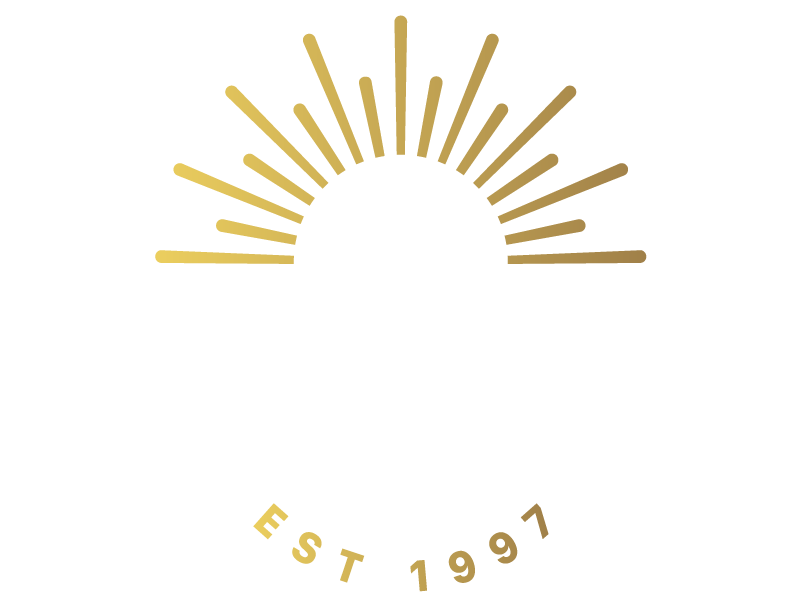Employer branding is not merely recruitment communication used to make oneself look attractive and motivate people apply for jobs in the company – this day and age, employer branding means shaping the employer’s overall reputation and awareness. The goal is to assure the current employees that they are valued, appreciated and needed as well as to attract new people, specialists and talents to the company.
Employer branding is a process that involves the human resources, marketing and communications departments alongside the creative agency and in addition to external communication, the results also have an impact on the organisation’s internal communication and its activities.
There is no single strategy or method for employer branding, because each company has its own character, culture and opportunities, which they offer to their employees and the community. This is why employer branding is not developed by the agency alone, but several units of the company also participate in the process. The general pattern followed in employer branding consists of the stages listed below.
Mapping
What is the present employer branding like and how is the company perceived internally and externally – the answers to these questions give us an idea of the starting point and the actual position.
Collecting information from the present employees as well as the precisely defined target group on who the desired and needed employees are is always the first step. For this purpose, the agency organises the necessary workshops and data collection processes.
This stage also includes comparing the collected data to the employer’s goals – the result gives a clear understanding of the journey that lies ahead of the branding process and the exact people it has to reach.
The current ‘application corridor’ and the routes that lead the applicants to you are also analysed to identify their main weaknesses and strengths.
Messages, values and creative solution
What are the messages, promises and value propositions that would attract attention and make you stand out among others? What is actually relative and important in this moment? Which values match the values of the potential talent? These are the questions that lay the foundation for employer branding. Job advertisements and recruitment messages are often overloaded with obvious points, but less attention is given to highlighting the company’s work culture, team and human values that make the applicant realise whether they would like to join the company.
Materials
Various materials, which emphasise the company’s values, mission, vision and promises, are developed to introduce employer branding and achieve the desired image. Materials from job advertisements, videos and commercials to social media solutions and brand carriers.
Strategy
Once the main messages, values and ideas have been developed according to the objectives, the plan for communicating them to the target group must be put in place. No matter whether this group consists of the current employees, the new employees the company is seeking, the community or the general public. The exact action plan for achievement of the desired results is set in the strategy. It may be a traditional recruitment campaign, reputation campaign, communication activities among students, social media actions as more specific tailor-made solutions.
Implementation and monitoring of results
Employer branding is a set of values, ideology, identity and messages, which is not limited to job advertisements and recruitment campaigns, but becomes a part of the company’s daily culture.
Once the employer branding has been developed, the entire solution will be introduced internally and also launched to external communication. Results are constantly monitored for the achievement of results and data are compared to the position at the starting point.







